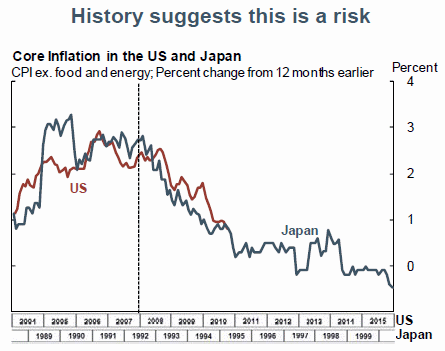Virginia Thomas is a Tea Bag lady, I use the term lady loosely here. I have no idea what the “obsessed” wife of Supreme Court Justice Clarence Thomas was thinking when she left a message on Law Professor Anita Hill’s office answering machine demanding an apology from Ms. Hill for her testimony 19 years ago but it certainly addled her common sense of decency, if she ever had any to start.
Perhaps she did it for the publicity for her work with her right wingnut nonprofit activist group, Liberty Central, “which is dedicated to opposing what she has characterized as the leftist “tyranny” of the Obama administration and Congressional Democrats. The group has drawn scrutiny in part because of the unusual circumstance of a spouse of a sitting Supreme Court justice drawing a salary from a group financed by anonymous donors.”
This is the classless, crass message that Ms. Thomas left:
“Good morning, Anita Hill, it’s Ginny Thomas,” said the voice. “I just wanted to reach across the airwaves and the years and ask you to consider something. I would love you to consider an apology sometime and some full explanation of why you did what you did with my husband. So give it some thought and certainly pray about this and come to understand why you did what you did. OK, have a good day.”
Prof. Hill thought it was a prank, having never met Ms. Thomas, so she reported it to the Brandeis University Campus Police who forwarded it to the FBI.
Ms. Thomas when contacted by ABC News further sank herself further into the sewer of tactlessness, adding insult to injury:
: “I did place a call to Ms. Hill at her office extending an olive branch to her after all these years, in hopes that we could ultimately get passed what happened so long ago.
That offer still stands, I would be very happy to meet and talk with her if she would be willing to do the same. Certainly no offense was ever intended.”
Ms. Thomas’ is possessed with the obsession that Prof. Hill is somehow enamored of her husband since this is not the first time that she has demanded an apology. I think she needs to watch the tapes of her husband’s confirmation hearings but then “love” is blind, obviously.
This latest media distraction falls in the category of the laughing stock of the midnight calls to the press from the bathroom to Helen Thomas by Richard Nixon’s Attorney General John Mitchell‘s wife, Martha, during the Watergate scandal.
“Ginny” is fast becoming the Washington Media Elites’ newest Martha Mitchell.


 In 1939, the Guggenheim Foundation’s first museum, “The Museum of Non-Objective Painting”, opened in rented quarters at 24 East Fifty-Fourth Street in New York and showcased art by early modernists such as
In 1939, the Guggenheim Foundation’s first museum, “The Museum of Non-Objective Painting”, opened in rented quarters at 24 East Fifty-Fourth Street in New York and showcased art by early modernists such as  Internally, the viewing gallery forms a gentle helical spiral from the main level up to the top of the building. Paintings are displayed along the walls of the spiral and also in exhibition space found at annex levels along the way.
Internally, the viewing gallery forms a gentle helical spiral from the main level up to the top of the building. Paintings are displayed along the walls of the spiral and also in exhibition space found at annex levels along the way.
Recent Comments